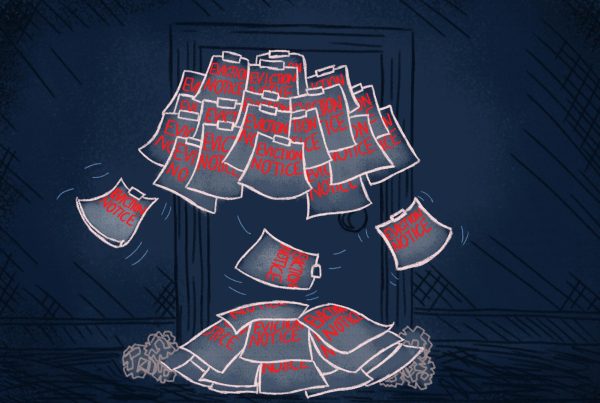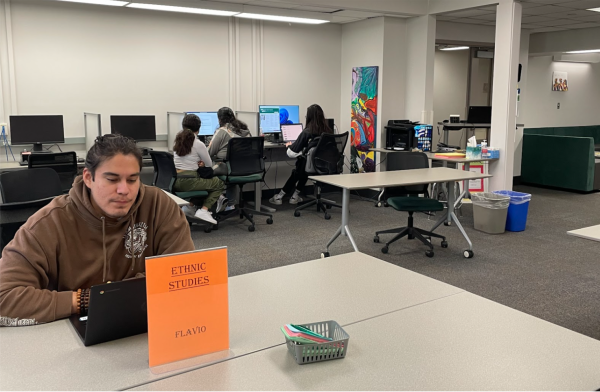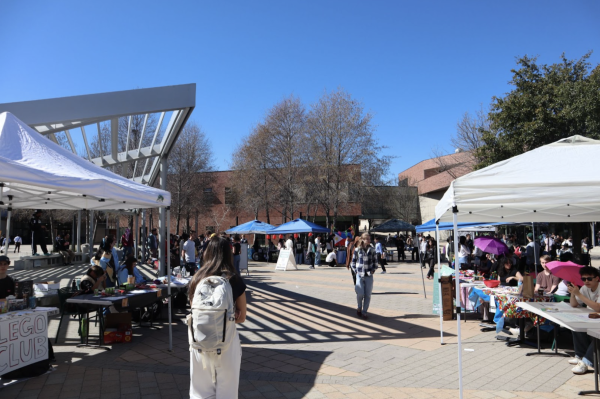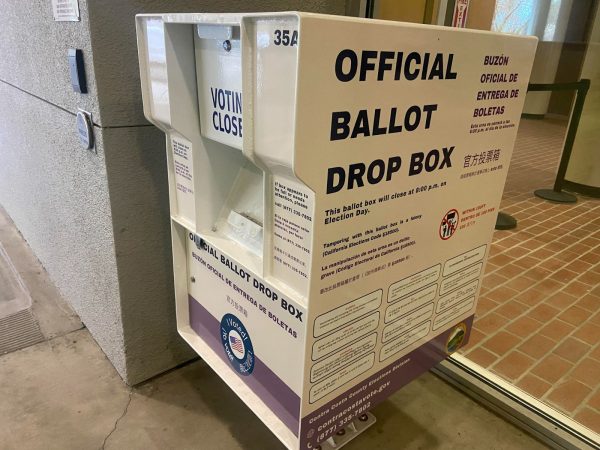DVC cashes in on international students, but at what cost?
March 14, 2013
Are international students being set up to fail for an increase in school revenue? The notion wasn’t lost on several Diablo Valley College instructors who voiced concerns at a recent Faculty Senate Council meeting.
It’s no secret that international student enrollment is on the rise at Diablo Valley College (up more than 29% since 2008). SF Gate, Huffington Post, and CaliforniaWatch among others have reported on the phenomenon affecting California’s community colleges since 2010. It’s the result of sound recruiting strategies employed by revenue starved schools incentivized by the higher tuition international students pay.
By itself, the enrollment isn’t a problem. Where some instructors are becoming concerned is in the rush to bring in extra profit, there’s been an increase in students struggling with the language effectively buying seats in a classroom that domestic students may stand a better chance of passing.
English department area chair Keri Dulaney-Gregor spoke on behalf of several teachers, “I polled the English department, and many said they were concerned about (English proficiency) placement, and they don’t know that it’s very accurate.”
To be clear, the overall GPA of international students remains high. According to DVC President Peter Garcia, of the 1,500 international students attending DVC this semester, over 1,000 of them are carrying 3.0 or above. And the transfer-rate among international students appears healthy (transfer-out-rates for international students reached 30.46% in 2010 according to DVC).
But for a small percentage of a growing community, the performance degrades. “There is a slide, though. After the back 500, there is a spread, people under 2.0,” Garcia said.
One downside of increased out-of-state enrollment is coming at the cost of seats to domestic students who aren’t as valuable to the school’s bottom line. Paradoxically, some of the international students taking those spots have less of a chance to pass, according to several instructors.
Biology professor Catherine Machalinski didn’t mince words, “I’d say a third of my class is international students. That’s dramatically changed the nature of my class,” said Machalinksi. “The pressure these kids are under concerns me. I have kids taking seats that have no hope of passing my class, because they don’t speak enough English, or even read enough.”
According to the California Community Colleges Chancellor’s office in 2013, “the revenue needed to fund one full time (California) community college student is slightly more than $5,000 per year.” While the national center for education statistics reports DVC’s tuition and fees for in-state students in 2013 as $1,298, and for international students $6,758. That’s at least several hundred dollars of profit made off international students.
It may not seem like a lot, until you crunch the numbers. According to Garcia, just over 1,500 international students comprise over 7% of the total head count. With international students paying just $200 more dollars a year, that’s $300,000 dollars in revenue. If the difference is $500 more per international student annually, that’s a profit to DVC of three quarter of a million dollars.It’s not hard to see why DVC has an interest in this demographic.
“40% of our students are students who drive by, come from out of state, or come internationally.” “It’s not just a local service area market,” Garcia explained.
Missing from the conversation were reps from DVC’s International Education Center (IEC), a supplemental program designed to prepare international students for transfer into DVC’s classrooms, and the English as a Second Language (ELS) center.
According to DVC, international students must submit an application to enroll after having achieved an English proficiency score or certificate in one of over 5 different types of programs or tests from various departments. How the criteria differs from one course to the next isn’t immediately clear.
Email correspondence with at least one representative from International Student Admissions and Services ended in frustration over what they felt needed to be more attention to a minority of international students “for whom success is elusive.”
Garcia wasn’t sure how many domestic students had been pushed out in the influx, but expressed concern over a failure to accurately track such a varied group. “The question for me is the scale of that phenomenon. Was it one or two classes, was it a hundred classes? Was it two thousand, or a whole department? That’s where a lack of information makes it a difficult conversation. I think we should know that. We don’t right now.”














































































